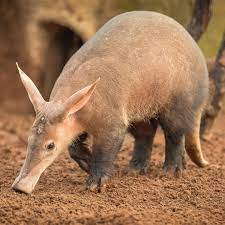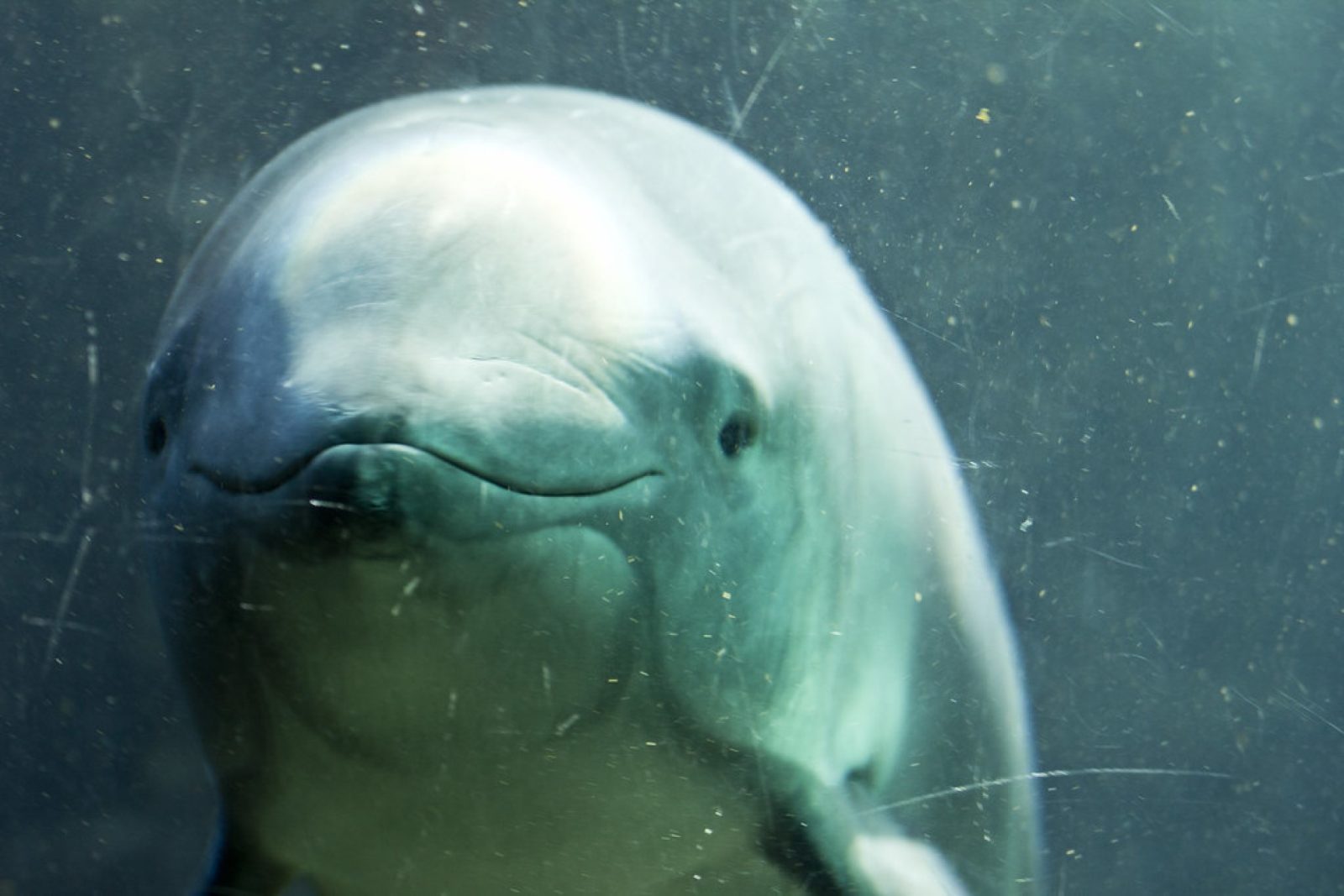This bear was filmed, gnawing on a bone from a takin, a species of wild cattle.
For a species which is thought to survive exclusively on bamboo, this would be strange behaviour.
However, pandas do not survive exclusively on bamboo as roughly 1% of their diet comes from other foods. In fact, their digestive system is typical of a carnivore, so the remaining 1% of their diet can include eggs, small animals and carrion – like this bone. Pandas are also known to forage in farmland for pumpkin, kidney beans, wheat and domestic pig food.
The thing is, pandas eat up to 38kg a day, which means that during the week, they eat around 3kg of food that is not bamboo. This is significant, and while much of this may well be other vegetation, if the time spent on other food sources was around 1% of the time, it would suggest at least 1 hour a week spent eating other things.
One must remember that their intelligence is on a par with Chimpanzee and gorilla -like other bears, so they are capable of working things out.



